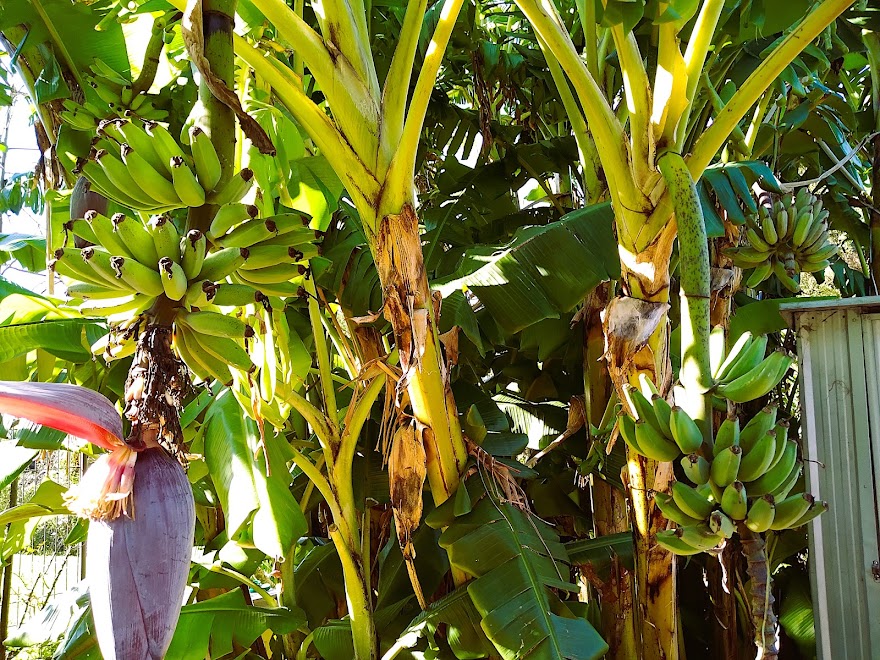Moosonee was fun to see. There are no roads up to it, just the train or a bush plane. I spent a couple of days there, hired a local guy one day to carry me out into James Bay in his freighter canoe, with its square stern and a big outboard and then traveled up the Moosonee River several miles on another to hunt fossils on an island in the stream. I loved it.
Coming back on the train, I sat near a First Nation family who had brought a meal along with them. They unpacked quite a feast on the table between their seats that featured some unidentifiable, apparently boiled meat. It was unidentifiable only to me you understand. They dug into it with gusto and I wanted so much to ask what sort it was, and more than that, if I could try a bit? It didn't look like any meat I was familiar with. Could it be seal or walrus I wondered?
I never found out, but that memory has stayed with me and at some point I decided that it was likely to have been walrus. Why? I guess because I wanted it to be.
I am telling you this story because I think it points out how I have always been fascinated by the north. At this point in my life, I doubt that I will get there again. I seem to be, and very happily so, settled just about as far from the north as I can get.
That is why, when I was browsing on Trade Me the other day, and I came across a certain item, I sat up straighter and read all about it.
I think my days of collecting Kauri gum on Trade Me are about finished. I have enough. I am going to continue to watch the gum auctions that come up though, but just for fun, and to learn more about gum if I can.
The item I spotted was not gum, and I ran across by accident while looking at a seller's other listings. It caught my attention. It is a slice of fossil walus tusk ivory with a scrimshaw of a clipper ship on it.
When I first read the description under the picture on Trade Me, I questioned its authenticity. Then I wondered if it was legal for me to own. I started doing some research. I won't go into all the sites I visited, but the U.S. Fish and Wildlife Service had some great photos on how to identify walrus ivory. I also learned that since this piece was obtained at an estate sale years ago, and was at that time over 80 years old, it predates the 1972 ivory trade ban. It was originally on the lid of a sailor's snuff box. (the yellow circle in the middle of the picture below is the old glue.)
It is called fossil walrus tusk. I learned that the term fossil is actually a misnomer. It has not turned to rock. It is however old, having been dug up by the indigenous people or collected where it was deposited by the action of weathering. They are the only ones allowed to harvest this from the land and sell it. The color on the surface comes from the minerals in the soil. The color within it has slowly developed over the years as those minerals leached into the ivory. The sources on-line that describe fossil ivory say that most of what the Innuits have found are between 500 and 3,000 years old. It takes a long time apparently for the mineral colors to penetrate.
This, as you might guess, is a view of the back of the slice. I wonder if the depth to which the color has reached is indicative of the age of the piece? I think it must be.
The outer layer of ivory is called the primary dentine, the inner layer is the secondary dentine.
I also enjoyed hearing about where the seller bought this. He found it in the town of New Plymouth, on the North Island. The seller had no proof of exactly where the original owner lived, but two of the suburbs of New Plymouth are named Whaler's Gate and Whaler's Rise.
This is because in the mid 1800's, New Plymouth was a whaling community and a number of retiring whalers where deeded land within the town for their homes. I like to think that the owner was a seafaring man. (But he could just as well have been a banker with a taste (or nose) for snuff.)
My treasure arrived by courier just today and I couldn't be happier with it. I was never interested in history as a kid, but now I hold this and and imagine the years that have passed since this was part of a living creature of the north. Whether or not that family on the Polar Bear Express was actually dining on walrus that day long ago is suddenly less important to me. I have a piece of the very old north of my own that I can now hold, contemplate when I want to, and pass on to my heirs.
This piece seems to be just the sort of thing a grandfather would pass on, don't you think? Maybe to stay in character I ought to take up pipe smoking (a nautical sort of pipe) and do more rocking on our deck. (I'd have to buy a rocker first) I'll have to think about that. One thing is for sure, I'm not taking up snuff.
-djf




/cloudfront-ap-southeast-2.images.arcpublishing.com/nzme/CJOJGCOZK5COLLZ3K22OOWUSHM.jpg)







































